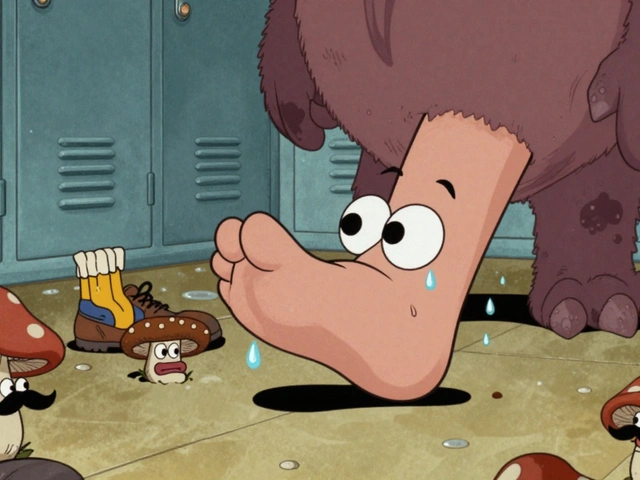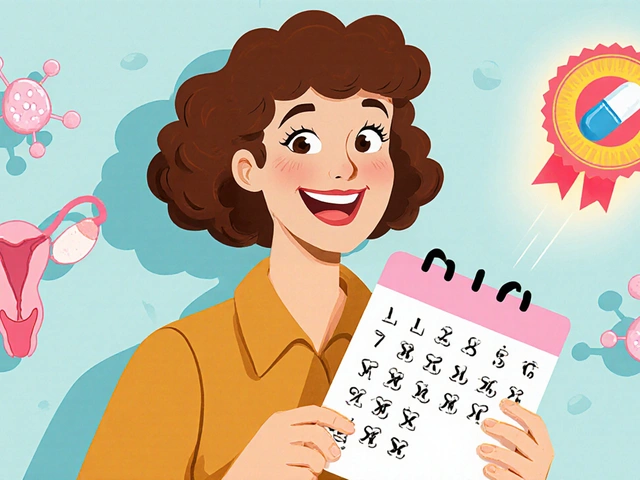How to Treat Sunburn at Home – Fast Relief Steps
If you’ve spent too long in the sun, the skin can turn red, painful, and peel later. The good news is you don’t need a doctor for mild burns. A few everyday items can calm the sting and speed up healing.
Cool Down the Skin Right Away
The fastest way to stop the burn from getting worse is to cool it. Run cool (not ice‑cold) water over the area for 10–15 minutes or apply a clean, wet cloth. This brings down temperature and reduces swelling. If you can’t stay under a tap, fill a bowl with cold water, dip a soft towel in it, wring out excess, and lay it on the burn.
Don’t use ice directly on the skin – it can damage tissue even more. After cooling, gently pat the area dry; don’t rub, because rubbing irritates the already tender skin.
Moisturize and Soothe
Aloe vera gel is a classic sunburn helper. It’s cool, watery, and packed with soothing compounds. Apply a thin layer several times a day. If you have an aloe plant at home, cut a leaf, scoop out the clear gel, and spread it on the burn.
If you don’t have aloe, use a fragrance‑free moisturizer or a lotion with dimethicone. These create a barrier that locks in moisture and stops the skin from drying out and cracking.
For extra relief, try an oatmeal bath. Add one cup of plain, finely ground oats to lukewarm bath water and soak for 15–20 minutes. The oats calm itching and reduce redness.
Pain Relief and Hydration
Over‑the‑counter pain relievers like ibuprofen or acetaminophen can lower pain and swelling. Take the recommended dose, especially if the burn feels hot or throbs.
Drink plenty of water. Sunburn pulls fluid out of your skin, so staying hydrated helps repair damage faster. Aim for at least 8 glasses a day, more if you’re still sweating from heat.
Avoid Further Damage
Keep the burned area covered with loose clothing made of soft fabrics like cotton. Tight or rough material can rub and make the skin worse.
Stay out of direct sun until the redness fades. If you must go outside, use a broad‑spectrum sunscreen with SPF 30+ on healed areas, but avoid putting sunscreen directly on fresh burns – it can sting.
When to See a Doctor
Most mild sunburns heal in a week with home care. However, if you notice blisters larger than a quarter‑inch, fever, chills, or the skin looks infected (red streaks, pus), get medical help right away.
Also, if the burn covers more than 10% of your body or is on sensitive areas like the face, genitals, or joints, professional advice is wise.
Following these simple steps can turn a painful day at the beach into a quick recovery. Cool, moisturize, stay hydrated, and protect the skin while it heals – that’s all you need to treat sunburn at home.

Sunburn Relief at Home: Aloe Vera, Cold Compresses, and What Really Works (2025 Guide)
Sunburn hurts now. Here’s what actually eases pain fast: aloe vera, cold compresses, soothing baths, and what to avoid. Evidence-backed tips, Aussie-savvy advice.





